|
Michelangelo included five Sibyls from classical mythology to emphasise the Messiah came for both Jews and Gentiles (non-Jews). The Persian Sibyl, also known as the Babylonian, Hebrew or Egyptian Sibyl, may have authored the Sibylline Oracle, although some scholars believe the Persian Sibil was more than one person. Michelangelo alluded to this theory by portraying the Sibyl with a book in her hands. The Sibylline Oracles contained information about pagan mythology and Old Testament events, including the Garden of Eden, Noah, and the Tower of Babel. Fragments surviving from the 7th century AD also contain details about the Roman Empire and early Christian writings. The Erythraean Sibyl came from modern-day Turkey, where she prophesied the coming of the Messiah through an acrostic, which read “Jesus Christ, God’s Son, Savior, Cross” in Greek. The Sibyl forecast other events in the life of Jesus, and St. Augustine (354-430), the bishop of Hippo, referenced her prophecies in his book The City of God. Michelangelo acknowledged the Sibyl’s wisdom by portraying her reading a book. He also depicted divine enlightenment by including a small figure lighting an oil lamp above her head. The Delphic Sibyl looks up from her scroll with a slightly worried look upon her face, as though she has just envisioned an unpleasant future event. The Delphic Sibyl predated the Trojan War (11th century BC) and made several prophecies about events written about in classical mythology. She also foresaw that the Messiah would be mocked with a crown of thorns. Michelangelo depicted the Cumaean Sibyl as an elderly lady. She presided over a Greek colony located near Naples, Italy. According to the poet Ovid, she lived for at least 1000 years. Ovid claimed the god Apollo offered her longevity in exchange for her virginity. She agreed, and taking a handful of sand, asked to live for as many years as the grains she held. Unfortunately, eternal youth did not come as part of the bargain. During her long life, the Cumaean Sibyl foretold the coming of a Messiah. The Libyan Sibyl may not have mentioned Christ directly when presiding over the Siwa Oasis in the Libyan Desert, but the Church has interpreted many of her prophesies as connected to the Messiah. For instance, she foretold the “coming of the day when that which is hidden shall be revealed.” The ancient Greeks claimed the Libyan Sibyl, sometimes known as Phemonoe, was the daughter of the Greek god Zeus, and Lamia, a daughter of Poseidon, god of the sea. According to Plutarch (46-119 AD), she also told Alexander the Great (356-323 BC) that he was a divine individual and the legitimate Pharaoh of Egypt. Part Three of Michelangelo’s Sistine Chapel, printed with permission from Hazel Stainer. To view the article in full, click here or visit www.hazelstainer.wordpress.com
0 Comments
Your comment will be posted after it is approved.
Leave a Reply. |
©Copyright
We are happy for you to use any material found here, however, please acknowledge the source: www.gantshillurc.co.uk AuthorRev'd Martin Wheadon Archives
June 2024
Categories
All
|
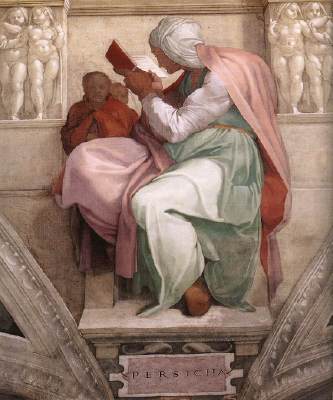
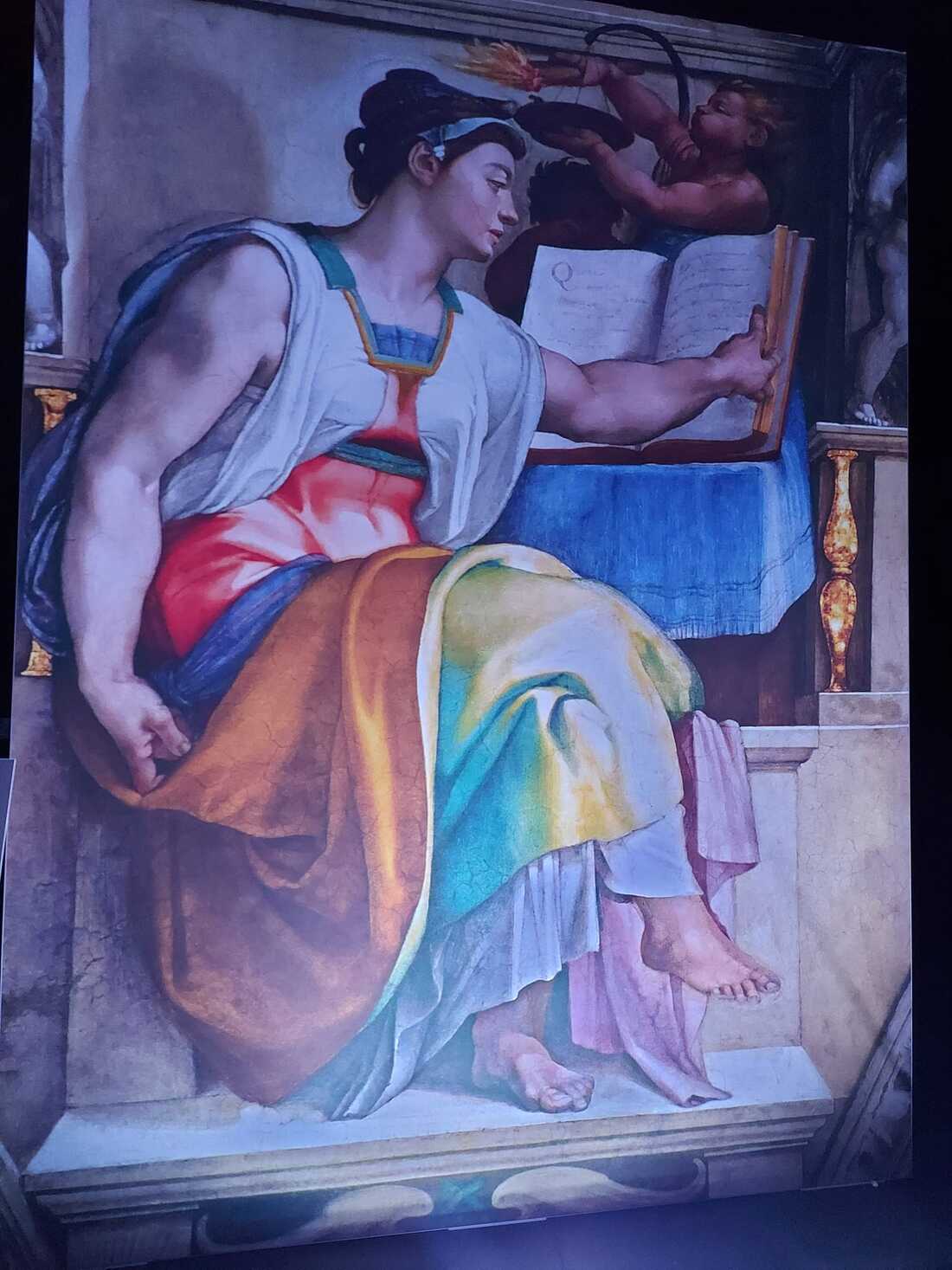
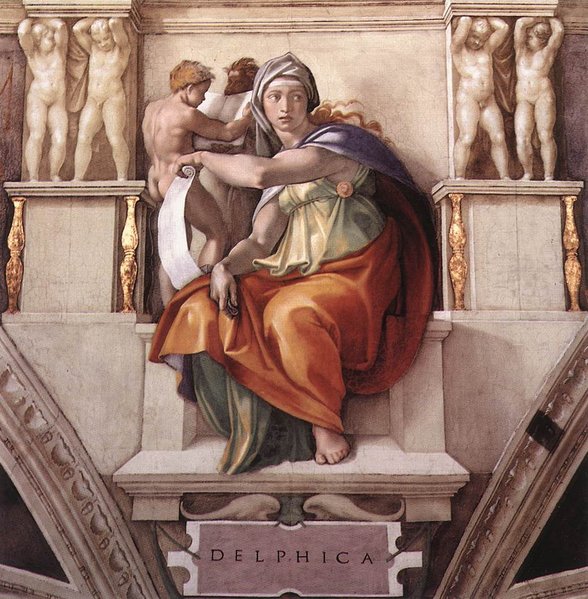
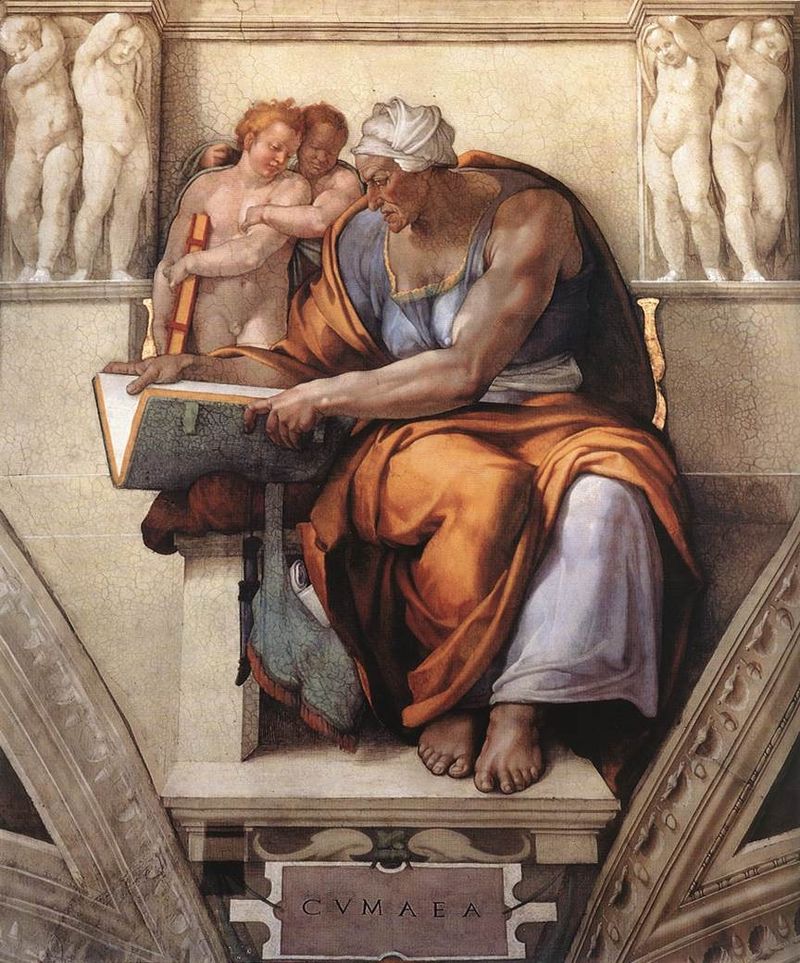
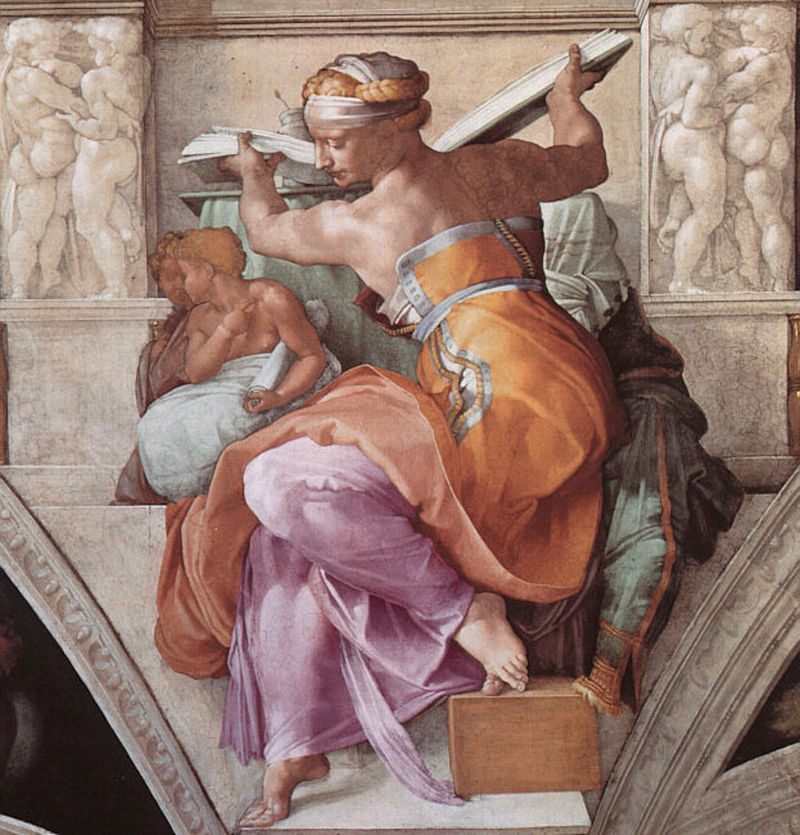
 RSS Feed
RSS Feed